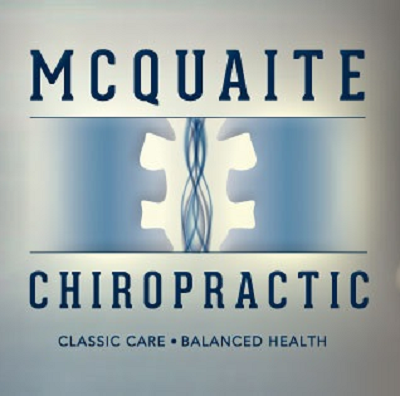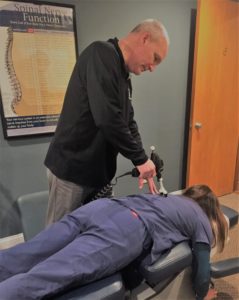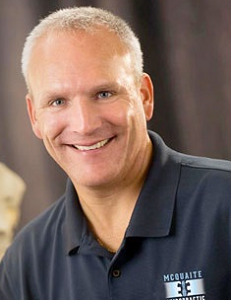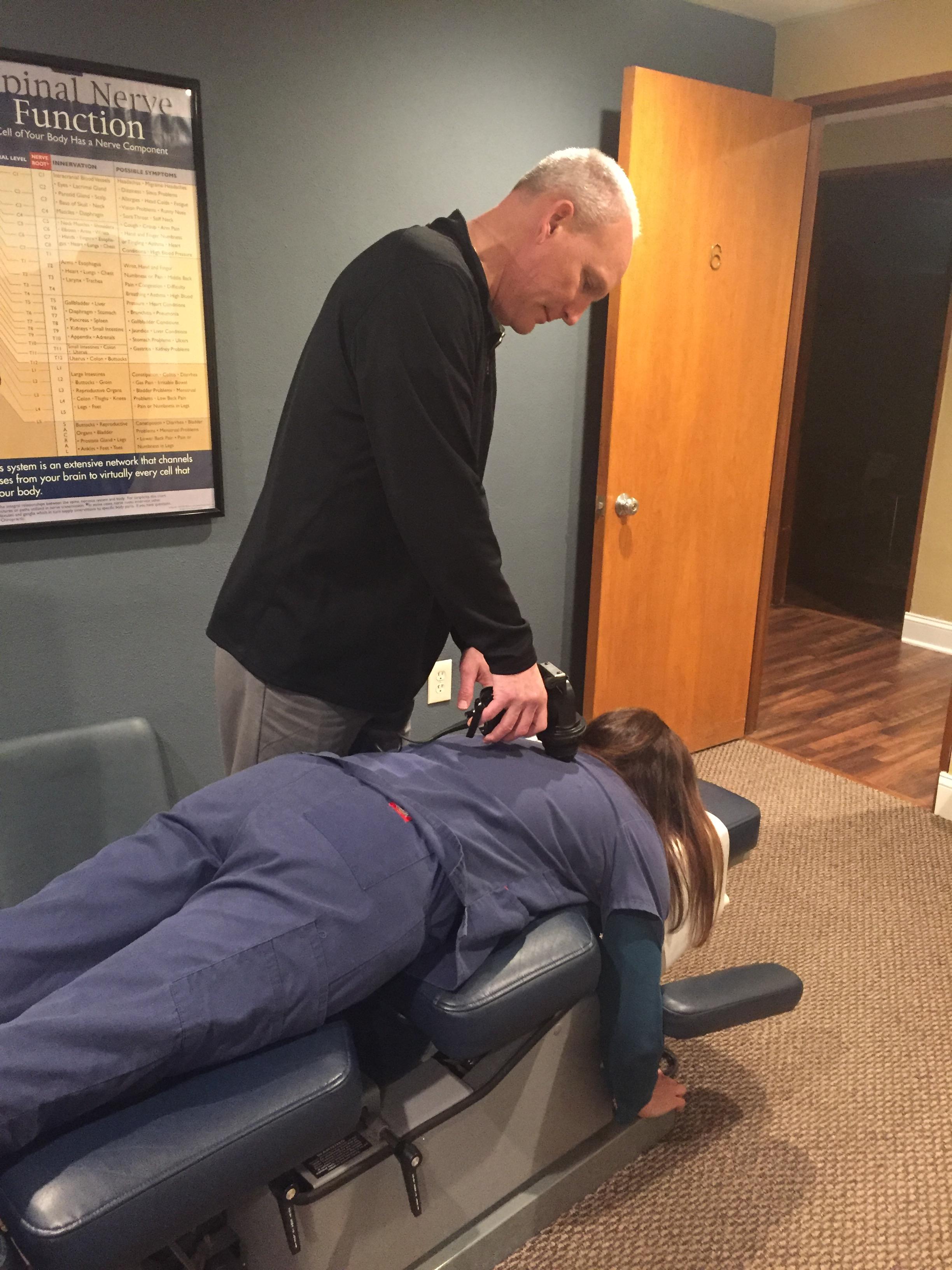
Non-Cracking Chiropractor Adjustment Offered in Doylestown
Does the idea of having a chiropractor “crack” your back make you nervous? Many people say, “Yes.” They miss out on the potential pain relief because the “popping” sound can be nerve-wracking.
True story, the first time Dr. Jeff adjusted my neck, I screamed in surprise. Yep!
It turns out, there is a “non-cracking” and “no pop” version of chiropractic care. Whether you’re nervous or were in an accident and too sore for traditional chiropractic treatment, you can still reap the benefits of natural pain relief from chiropractic care.
For instance, Dr. Jeff Mcquaite in Doylestown offers a non-cracking chiropractor adjustment. To clarify, this technique offers pain relief without the crack. However, it’s worth mentioning that the “cracking” sound is nothing to worry about. It’s really just trapped gas escaping as your joints are realigned.
However, modern chiropractic care uses many options to help you feel your best. These two tools are simply part of this evolving practice.
Two Tools for a Non-Cracking Chiropractor Adjustment Technique
As you probably know, traditional chiropractic care uses bodyweight to realign your joints. After your initial consultation and x-ray, your chiropractic directs you to lay in a certain position on the table. Traditionally, they use their body weight to make quick adjustments that realign your joints. However, your chiropractor may choose to incorporate gentler methods.
These adjustments can use two tools that have funny names. The arthrostim and the vibracussor are hard to spell but they’re excellent tools for a non-cracking chiropractic adjustment.
As you can see, both tools are small and portable but they have different uses.
The Artrostim is an advanced chiropractic adjustment instrument. You can see, it looks a bit like a drill and it works by delivering several “taps” along your body to reduce muscle and joint tension in the neck and back.
These “taps” work in a similar way as traditional chiropractic treatment. However, the “taps” are gentle, yet frequent. The Artrostim applies 10-14 micro thrusts a second to your spine. It stimulates your body’s healing and eases your joints back in proper alignment. Best of all, it’s gentle.
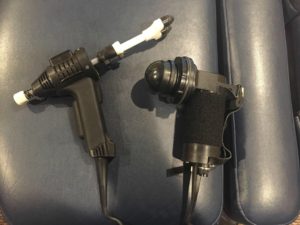
The Arthrostim tool offers an effective “non-cracking” adjustment. You can see it here”in action.”
Your chiropractor will develop a treatment plan based on your medical history and current physical concerns.
Yet, the Arthrostim can especially benefit people with:
-People with acute or chronic pain
-Particularly sensitive individuals
-Individuals who dislike being ‘twisted’
-Those with disc or related spinal conditions
-Individuals with arthritic conditions
-Individuals with osteoporosis
-Elderly individuals
-Even individuals who are larger and stronger (and may be difficult to adjust with a single thrust) can benefit from the use of the arthrostim.
The other instrument Dr. McQuaite has incorporated to help make his adjustments more effective is the Vibracussor.
The Vibracussor is helpful for breaking up scar tissue and loosening ligaments. Doing so improves circulation and speeds up healing. The tool works by delivering impulses deep into the body’s tissues. Yet, it goes deeper than a traditional massage. By going deeper, it breaks up fascial restrictions (scar tissue) and loosens ligaments. The entire process relaxes the muscles and fascia surrounding the vertebrae. As a result, you can feel pain relief.
Are You Ready to Try a “No-Crack” Adjustment?
In summary, both of these non-cracking chiropractor adjustment techniques are effective. However, they may be more suitable for certain people and conditions. Here at McQuaite Chiropractic, Dr. Mcquaite creates an individualized treatment plan to help you feel your best.
If you have questions or would like to book an appointment, please contact the office. Come in for a consultation! We’ll be happy to explain how these gentle non-cracking and no popping treatments work and if they may be right for you.
